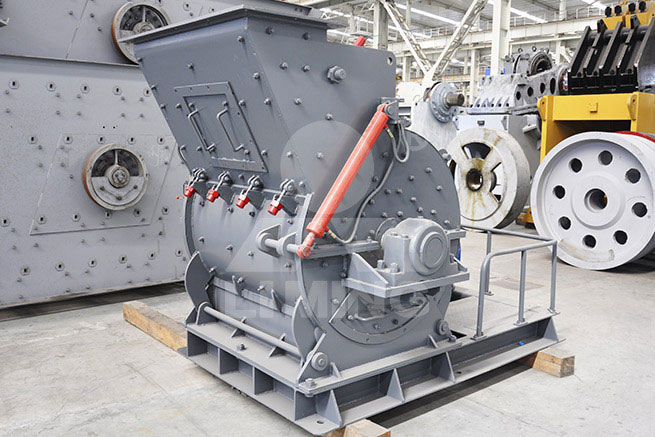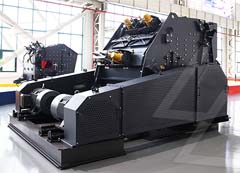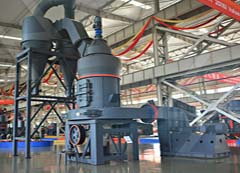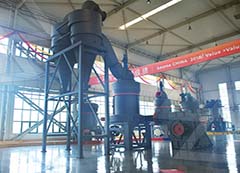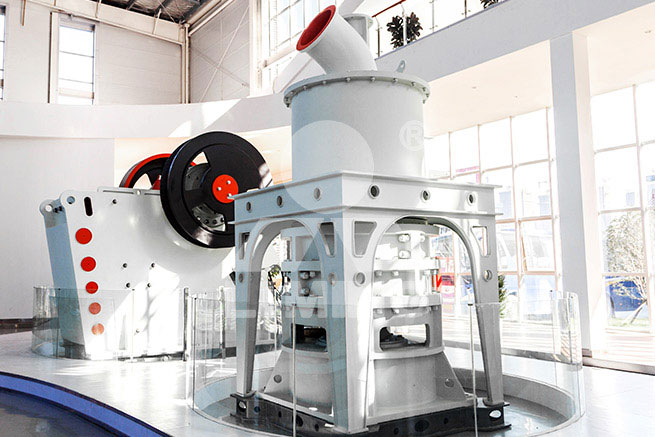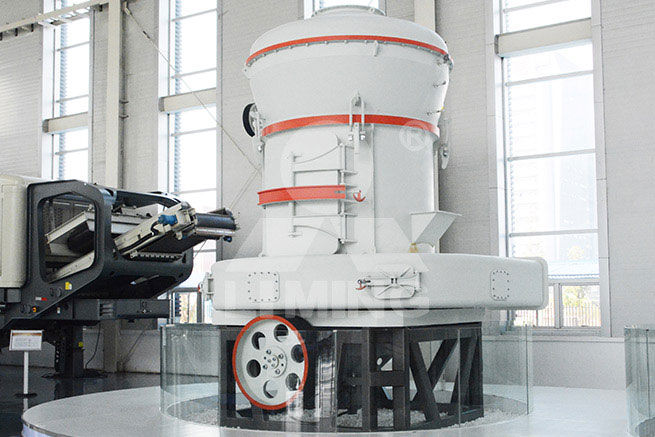belt conveyor chute size calculation

Understanding Conveyor Belt Calculations Sparks Belting
Understanding a basic conveyor belt calculation will ensure your conveyor design is accurate and is not putting too many demands on your system. ... When the head and tail pulley are the same size: L=(D+d)/2 x 3.1416+2C When one pulley is larger than the other pulley: L=(D+d)/2 x 3.1416+2C+(D-d) 2 /4c. Belt Speed.
More
Belt Conveyor Sizing Calculator - SMPThai
Step 3 Estimation of Surcharge Angle. (Typically low angle of repose will result in a lower surcharge angle and vice versa.) (Highly cohesive matrls, fine, moist or interlocking, use 5 - 10deg.) (Do not delete) (Do not delete) Vibrating Feeder: 1.0 Belt Feeder: 0.8 Apron Feeder: 0.6 to 0.75 (varies with bed depth to width ratio) Bucket wheel ...
More
Belt Conveyors Calculations - kmg.agh
2013-12-13 0,9 0,85 0,95 ÷ 1,0 Hydraulic 0,860,80 (motor operated drive) (generator operated drive) kmg.agh ©piotr.kasza@agh, piotr.kulinowski@agh Department of Mining, Dressing and Transport Machines AGH tel/fax +48126335162 Tension calculations e 1 W k Sc p 2 PD S 3S 2 W d S 4S 3 S 1S 4 W g
More
Calculation of a Belt Chute Cross-section - bulk-online
2008-5-2 1 - What is the width between skirting plates? I guess about 36 inches. So your maximum slab size to opening width across the belt is 36/18 = 2. It would be more comfortable if it were 2.5 to 3. 2 - What is the probability of an arch forming in the other direction? About the same. So the minimum chute depth should also be 36" or better.
More
Belt Conveyors for Bulk Materials Calculations by CEMA
2014-1-21 Belt Conveyor Capacity Table 1. Determine the surcharge angle of the material. The surcharge angle, on the average, will be 5 degrees to 15 degrees less than the angle of repose. (ex. 27°- 12°= 15°) 2. Determine the density of the material in pounds per cubic foot (lb/ft3). 3. Choose the idler shape. 4. Select a suitable conveyor belt speed. 5.
More
CONVEYOR TRANSFER CHUTE ANALYSIS - Helix Tech
2019-6-28 2.4 Receiving Belt CV 103 Capacity and basic description The conveyor is a 2000mm wide belt running at 5.6m/s with an existing capacity of 6600tph. The belt trough angle at the feed is 45 degree with 3 roll idlers. Transition distance is 5.735m flat at the Tail pulley to 45 degree trough. 2.5 Transfer Differential Angle and Drop Height
More
Belt Conveyors for Bulk Materials Practical Calculations
2022-5-22 Belt Conveyors are also a great option to move products through elevations. Incline Belt Conveyors from low to high and Decline Belt Conveyors from high to low. This manual is short, with quick and easy reading paragraphs, very practical for calculations of belt, chain conveyors and mechanical miscellaneous, in the metric and imperial system.
More
RATIONAL DESIGN OF CONVEYOR CHUTES - TotalWEB!
2007-2-11 The minimum width of a loading chute should be at least 2,5 to 3 times the largest diameter of uniformly sized lumps, when these represent a considerable percentage of the material flow. These proportions are essential to the proper loading of the belt and to prevent interlocking and jamming of lumps in the chute.
More
CHUTE DESIGN CONSIDERATIONS FOR FEEDING AND
2007-2-12 bulk material from one conveyor belt to another, often via a three dimensional path. The importance of correct chute design to ensure efficient transfer of bulk solids without spillage and blockages and with minimum chute and belt wear cannot be too strongly emphasised. The importance is accentuated with the trend towards higher conveying speeds.
More
Understanding Conveyor Belt Calculations Sparks Belting
Understanding a basic conveyor belt calculation will ensure your conveyor design is accurate and is not putting too many demands on your system. ... When the head and tail pulley are the same size: L=(D+d)/2 x 3.1416+2C When one pulley is larger than the other pulley: L=(D+d)/2 x 3.1416+2C+(D-d) 2 /4c. Belt Speed.
More
Belt Conveyor Chute Size Calculation
Belt Conveyors for Bulk Materials Calculations by CEMA 5 The belt widths are as follows: 18, 24, 30, 36, 42, 48, 54, 60, 72, 84, and 96 inches. The width of the narrower belts may be governed by the size of lumps to be handled.
More
belt conveyor chute size calculation - hotelposwick
2019-1-1 particle size Graph 39 shows the effect of conveyor slope on the maximum attainable belt speeds before slip and spillage occur Note that the sag ratio depends on the material load, idler spacing, and type and thickness of the conveyor belt used 52 CHAPTER THREE Figure 39 0 5 10 15 20 500 600 700 800 900 1000 belt inclination (degrees)
More
belt conveyor chute size calculation - magisvasto
Conveyor 102 Transfer HelixChuteDesignSampleReport2.doc Transfer CV 102 to CV 103 Page 7 of 26 Plan View of chute – line drawing 3 PARTICLE FLOW - DEM CALCULATIONS 6600TPH 3.1 Material Density, Particle Size and Capacity Particle Density - 1100kg/m3
More
Belt Conveyors for Bulk Materials Practical Calculations
2022-5-22 Belt Conveyors are also a great option to move products through elevations. Incline Belt Conveyors from low to high and Decline Belt Conveyors from high to low. This manual is short, with quick and easy reading paragraphs, very practical for calculations of belt, chain conveyors and mechanical miscellaneous, in the metric and imperial system.
More
Calculation methods – conveyor belts
2012-1-20 Conveyor and processing belts Calculation methods – conveyor belts Content 1 Terminology 2 Unit goods conveying systems 3 Take-up range for load-dependent take-up systems 8 Bulk goods conveying systems 9 Calculation example Unit goods conveying systems 12 Conveyor and power transmission belts made of modern synthetics
More
RATIONAL DESIGN OF CONVEYOR CHUTES - TotalWEB!
2007-2-11 "The chute at the head of the conveyor was too narrow for the size of the material, and the capacity the conveyor was expected to deliver". "The undersize chute from the primary scalper has blocked when treating damp and clay material. There is a tendency for larger rocks to 'bridge' in the Y-chute above the secondary scalpers.
More
Standard Belt Conveyors
2020-5-11 Special Belt Conveyors Belt Bend Inner radius 200mm to 1200mm Outer radius 600mm to 2200mm Stainless steel main frame Turning angle 90 or 180 degrees (other angles - phone) Belt Widths: 300mm, 400mm 600mm. Speed Range 1.4 to 20m/min Load up to 10kg/sqm Food standards FDA/USDA Integral Belt Edges Used where small components
More
Basic Calculation - Flow Rate » Engineerdo
2019-12-13 Basic Conveyor Calculation – Mass Flow Rate In the construction and calculation of a belt conveyor the first step is the calculation and determination of the general size of the conveyor. If bulk material should be
More
Helix DeltaT Conveyor Design
Helix delta-T has been used as the design tool and proven in many thousands of real conveyor installations in more than 25 countries around the world since 1991. The latest version brings you even more power and flexibility in your conveyor designs. Use calculation methods CEMA, ISO 5048 or the Viscoelastic method for low resistance rubber ...
More
belt conveyor chute size calculation - swalbard
Main window remembers size and positoin on the screen 2 Improved Target Tensions functionality , Plugged Chute Calculator 4 Updated Pipe Conveyor Calculations 5 PDF Report Builder 6 Dynamic Analyst - New output for pulley load , calculations mode aThe belt safety factor is now calculated as per the DIN 22101 2011 standard ,...
More
Belt Conveyor - Datasheet Vention
As an example, a conveyor needs to move a load of 20 kg at 500mm/s up a 10 degree incline. The conveyor must occasionally be able to accelerate the mass at 0.5m/s^2. The width of the belt conveyor is 457mm. In this case our variables
More
Belt Conveyor Dribble Chutes - Martin Eng
2022-6-25 Belt Conveyor Dribble Chutes. On conveyors where the cleaning systems are positioned so the material removed from the belt does not freely return to the main material body, a dribble chute, or fines chute, is usually
More
Belt Conveyors for Bulk Materials Practical Calculations
2022-5-22 Belt Conveyors are also a great option to move products through elevations. Incline Belt Conveyors from low to high and Decline Belt Conveyors from high to low. This manual is short, with quick and easy reading paragraphs, very practical for calculations of belt, chain conveyors and mechanical miscellaneous, in the metric and imperial system.
More
Calculation methods – conveyor belts
2012-1-20 Conveyor and processing belts Calculation methods – conveyor belts Content 1 Terminology 2 Unit goods conveying systems 3 Take-up range for load-dependent take-up systems 8 Bulk goods conveying systems 9 Calculation example Unit goods conveying systems 12 Conveyor and power transmission belts made of modern synthetics
More
Standard Belt Conveyors
2020-5-11 Special Belt Conveyors Belt Bend Inner radius 200mm to 1200mm Outer radius 600mm to 2200mm Stainless steel main frame Turning angle 90 or 180 degrees (other angles - phone) Belt Widths: 300mm, 400mm 600mm. Speed Range 1.4 to 20m/min Load up to 10kg/sqm Food standards FDA/USDA Integral Belt Edges Used where small components
More
Conveyor Belt Equations
2022-3-5 L = conveyor length (m) ε = belt elongation, elastic and permanent (%) As a rough guideline, use 1,5 % elongation for textile belts. and 0,2 % for steel cord belts. Note: For long-distance conveyors, dynamic start-up calculations.
More
Calculating Conveyor Power for Bulk Handling
We use a modified version of the Conveyor Equipment Manufacturers Association guidelines. The primary equation for Effective Tension, Te, is as follows: Te = LKt (Kx + KyWb + 0.015Wb) + Wm (LKy + H) + Tp + Tam + Tac. The Rulmeca
More
DEM – Simulation of Conveyor Transfer Chutes
2010-1-8 Keywords: belt conveyor, transfer chute, material behaviour, computer simulation. 1. INTRODUCTION At transfer points of belt conveyors chutes are needed to guide the material flow in the direction of travel of the discharge belt conveyor and also provide an optimal solution to overcome any existing vertical transfer height.
More
Belt Conveyors - KUET
2021-3-7 Parts of belt conveyors: 1. Belts: Various types of textile belts are employed in belt conveyors: Camel hair, cotton (woven or sewed), duck cotton. Rubberized textile belts are widely used. Conveyors belts should meet the following requirements: 1. Low hygroscopocity 2. High strength 3. Low own weight (Light in weight) 4. Small specific ...
More- << Previous:Harga Machine Crusher Di Jakarta
- >> Next:Maize Grinding Mill Machine For Sale In Sa


